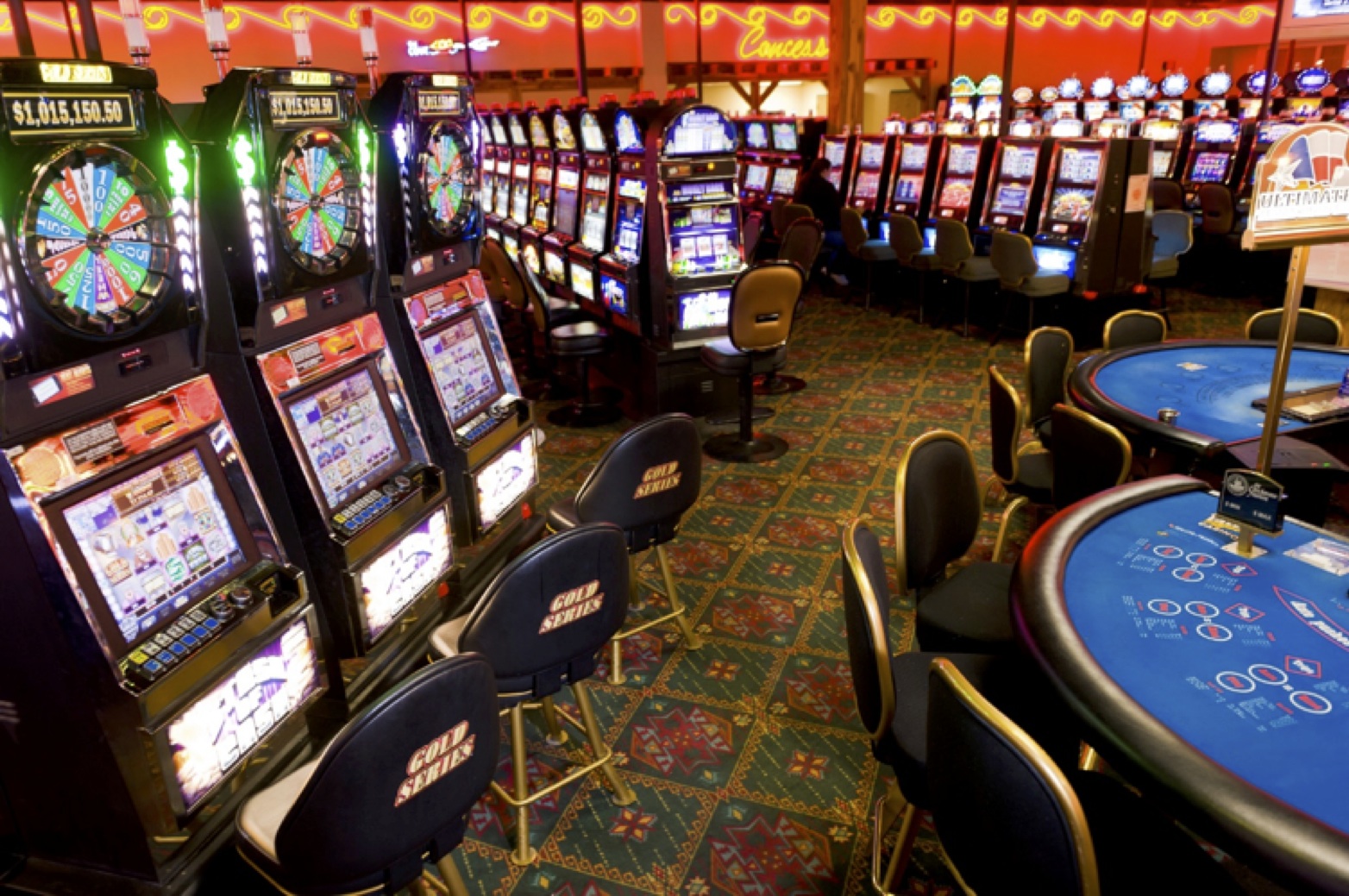
Casino experiences have long captivated people’s attention, drawing gamblers into a realm filled with luck, strategy, and the allure of adventure. Each game is carefully crafted not just for enjoyment, but also to evoke specific emotional responses that keep players engaged and committed. Understanding the motivations behind these designs reveals much about how behavioral psychology plays a crucial role in the gaming experience.
From the bright lights and dynamic sounds to the complex layering of rules and payoffs, casino games are designed to create an atmosphere of thrill and eagerness. Game designers leverage psychological principles to influence gambler behavior, whether through the use of jackpots, almost wins, or community engagement https://w88.gifts/. By examining these factors, we can better appreciate how casino games fulfill not just a desire for entertainment, but more profound psychological needs for adventure and hazard.
Grasping Gamer Behavior
Casino games are crafted with a profound understanding of player psyche, which is essential for luring and retaining players. The thrill of the game, combined with the expectation of winning, establishes a formidable draw. Game designers utilize elements like sound effects, vibrant graphics, and immersive gameplay to seize attention and elicit emotional responses. These sensory effects enhance the total environment, making players feel more involved in the game.
Another notable aspect of player behavior is the concept of risk and reward. Casino games often weigh high-risk scenarios with the potential for substantial rewards, which can result in the event known as near-miss phenomenon. When players come near to winning, the brain secretes dopamine, reinforcing their behavior and motivating them to keep playing in search of that elusive win. This cycle of wish and letdown plays a crucial role in how games are structured and marketed.
Lastly, social elements also play a pivotal role in player behavior at casinos. Many games are designed to be played in groups or alongside other players, nurturing a sense of community and communal experience. The community engagement inherent in games like blackjack enhances enjoyment and can lead to prolonged gaming periods. Designers take advantage on this by creating environments that prompt players to linger, interact, and return, making the overall casino experience more appealing.
The Role of Visuals and Sound
Imagery and audio play a crucial role in elevating the gambler’s experience within casino games. Designers utilize bright colors, eye-catching graphics, and captivating animations to capture players’ attention and hold their focus. The use of motifs, such as adventure or opulence, helps create an enthralling atmosphere that transports players into another world. By appealing to the senses, these elements add to a heightened emotional response, prompting players to engage more profoundly with the games.
Sound design is just as important in reinforcing the overall experience of casino games. The mix of ambient music, audio effects for winning combinations, and ambient noises creates an auditory landscape that holds players fascinated. Audio cues associated with victories, such as chiming bells or festive music, evoke feelings of excitement and satisfaction, prompting players to continue playing. These audio cues are strategically placed to enhance the thrill of the game and create a more immersive experience.
Additionally, the alignment of imagery and sound is crucial for reinforcing the game’s overall concept and mood. Each element should coordinate harmoniously to create a unified experience that pulls players in. The effective use of this integration not only enhances user satisfaction but also boosts the chances of repeat play, as players become more engaged in the immersive world that the gambling games offer. This thoughtful combination of visuals and audio ultimately enhances player involvement and loyalty.
Reward Structures and Participation
The creation of casino experiences heavily relies on reward systems to keep participants involved and returning for additional experiences. These structures are rooted in behavioral principles that take advantage of human nature and desire. thủ thuật cá cược Participants are often driven by the thrill of success, which is supported by instant feedback through the game structure’s design. This prompt satisfaction not only enhances the gaming experience but also fosters a feeling of success, prompting players to keep participating in hopes of greater rewards.
Casinos utilize various incentive systems, such as jackpots, bonuses, and multipliers, to captivate players. These features create a layer of thrill that maintains interest. Additionally, the randomness of outcomes plays a crucial role in sustaining attention. The variable reward system, where wins are random but happen often enough, keeps players on edge and motivated to keep playing. This cycle of hope and expectation is foundational to the success of gambling experiences.
Moreover, community aspects, such as tournaments and collaborative options, boost the participation factor by tapping into the desire to compete of participants. The shared experience of playing with others can amplify the thrill of winning and create a sense of community within the casino. By integrating these community elements with effective reward systems, gambling experiences don’t just provide fun but also foster a deeper bond among players, solidifying their commitment to the gaming experience.